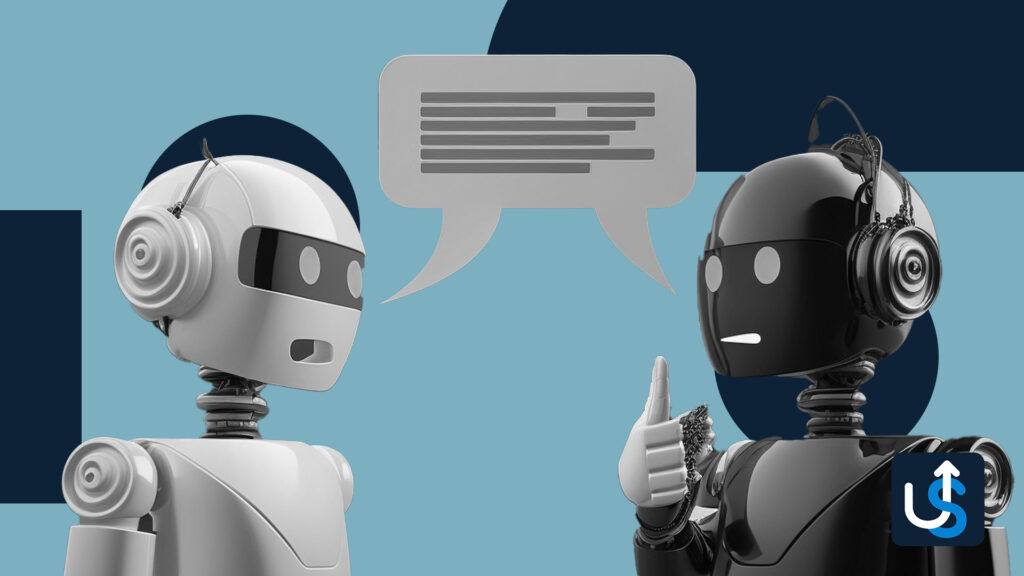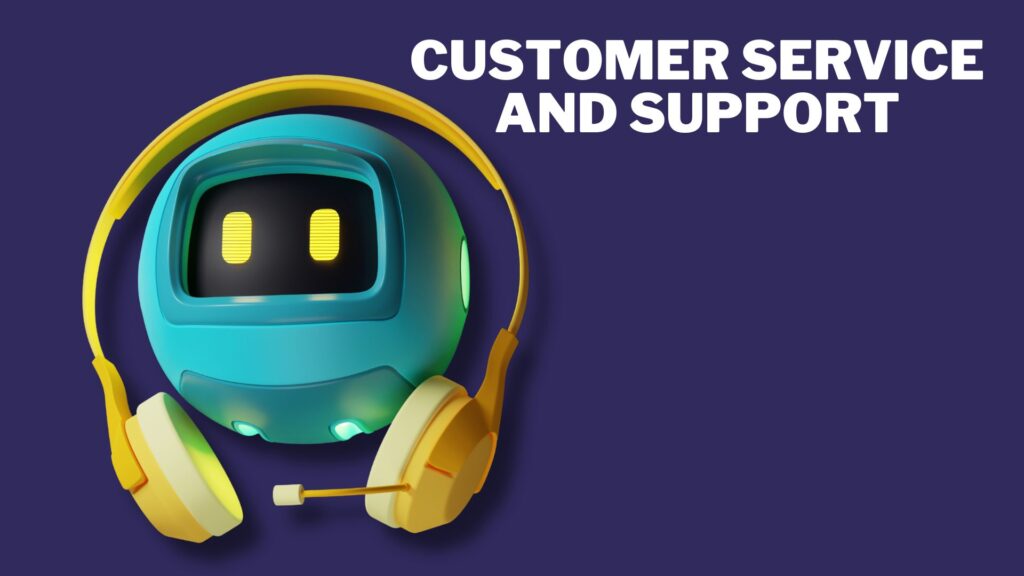
Conversation AI is revolutionizing how we interact with machines by enabling human-like conversations through artificial intelligence. This technology integrates Natural Language Processing (NLP), machine learning, and deep Learning to understand, process, and respond effectively to human language. Conversation AI is at the forefront of technological innovation. It offers efficient, scalable, and personalized interactions, making it essential for modern digital strategies.
The importance of Conversation AI in today’s digital landscape is profound. It enhances customer engagement and operational efficiency by providing personalized, immediate responses. This technology is pivotal in various applications, from customer service chatbots to virtual assistants, streamlining interactions and offering scalability to simultaneously manage vast volumes of queries.
“According to a study by Gartner, by 2022, 70% of customer interactions will involve emerging technologies such as machine learning applications, chatbots & mobile messaging.”

Conversation AI refers to technologies that enable machines to engage in human-like conversations. These systems are designed to understand, process, and respond to text or voice inputs in a way that mimics natural human interaction.
The core components of Conversation AI include:
“According to the Markets & Markets report, the conversational AI market is projected to grow from USD 13.2 USD billion in 2024 to USD 49.9 billion by 2030 at a compound annual growth rate of 24.9% during the forecast period.“

The development of conversational technologies can be traced back to the 1960s with the creation of ELIZA, an early simple language processing computer program designed to simulate conversation. Since then, there has been a significant evolution:
“A report by Juniper Research predicts that chatbots will save businesses over $8 billion annually by 2022, up from $20 million in 2017.”
Conversation AI differs from traditional AI systems in several key ways:
Conversation AI has become vital in enhancing customer engagement and automating communication processes across various industries. By leveraging these components and evolving through technological advancements.

Natural Language Processing (NLP) is the cornerstone of Conversation AI, enabling machines to understand, interpret, and respond to human language. NLP encompasses several critical tasks:

Machine learning is integral to conversational AI, allowing systems to learn from data and improve over time.
Here’s how machine learning enhances Conversation AI:
Several advanced algorithms and models are used to power Conversation AI.
Some of the key ones include:
By combining these advanced NLP techniques and machine learning algorithms, Conversation AI systems can achieve a high level of understanding and responsiveness, making them valuable tools for various applications.
Conversation AI has a wide range of applications across various industries, significantly enhancing the efficiency and effectiveness of interactions.
Here are some of the critical areas where Conversation AI is making an impact:

1. Chatbots
2. Virtual Assistants
1. Personalized Recommendations
1. Patient Interaction
“A study by Accenture estimates that AI applications can potentially create $150 billion in yearly savings for the U.S. healthcare economy by 2026.“
2. Information Dissemination
1. Shopping Assistance
2. Order Tracking
Integrating Conversation AI across these various applications can significantly improve their operations, enhance customer engagement, and drive better outcomes across different sectors.

Conversation AI offers numerous advantages across various sectors, significantly enhancing business operations and customer interactions.
Here are some key benefits:
“IBM reports that businesses spend over $1.3 trillion on 265 billion consumer service calls each year, and chatbots could help reduce customer service costs by up to 30%.”
By leveraging these benefits, businesses can enhance their operational efficiency, provide superior customer service, and gain a competitive edge in the market. Integrating Conversation AI into business strategies drives growth and ensures long-term success.
Conversation AI is a pivotal technology transforming how businesses interact with consumers in the rapidly evolving digital landscape. By enabling human-like conversations through advanced NLP, machine learning, and deep Learning, Conversation AI enhances customer engagement and operational efficiency and provides personalized, immediate responses. Its applications span customer service, marketing, healthcare, and e-commerce, demonstrating its versatility and impact.
The benefits of Conversation AI are substantial. It improves customer satisfaction through personalized and consistent interactions, offers scalability and cost efficiency by automating routine tasks, ensures 24/7 availability, and provides valuable data insights for informed decision-making. Despite its challenges, such as understanding language nuances and ensuring data privacy, the continuous advancements in AI technology are addressing these limitations.
“According to iSpectra report By 2025, the global AI market is expected to reach $190.61 billion, indicating the growing significance and adoption of AI technologies across industries.”
As businesses strive to stay competitive & meet their customers’ evolving needs, integrating conversational AI into their strategies is essential. This technology enhances customer interactions and drives business growth and efficiency, positioning firms for long-term success.
Ready to transform your customer interactions with Conversation AI? Contact us today to discover how our AI solutions can help your business thrive.
